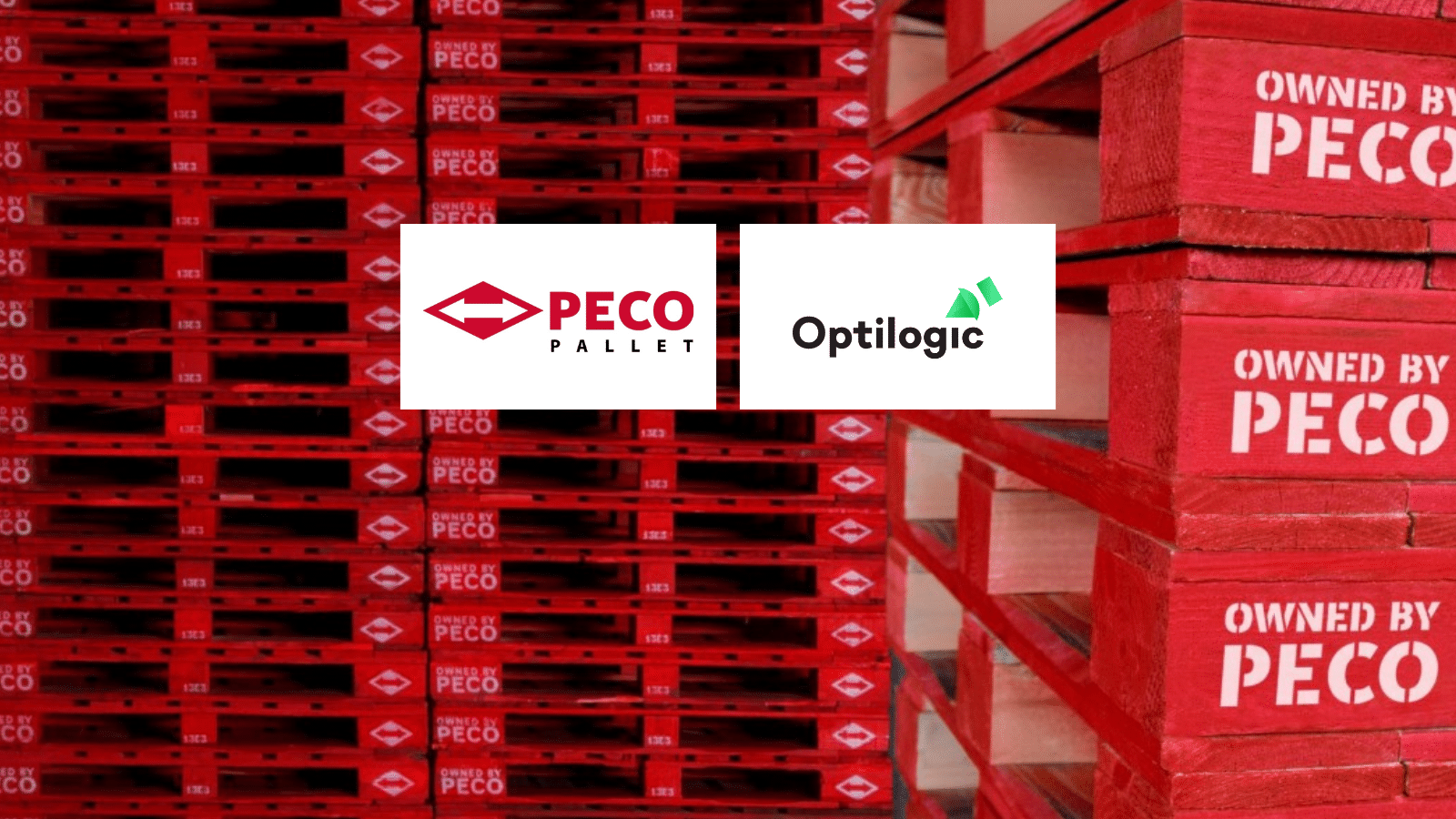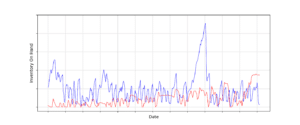Discover How PECO Revolutionized Supply Chain Design with Optimization and Simulation
Overview
PECO Pallet (PECO), is a leading provider of pooled pallets in North America, delivering sustainable and cost-effective solutions for the transportation and distribution of goods. The company has a sophisticated supply chain design practice. However, its historically optimization-only approach overlooked a critical factor: uncertainty in both supply and demand. Traditional supply chain optimization methods are not equipped to incorporate such variability. PECO needed an alternative approach to design that could account for this uncertainty.
The solution: Obtain prescriptive design insights through optimization and subsequently simulate the proposed changes to understand the impact of variability on network performance.
Supply chain simulation allows companies like PECO to
- Predict key supply chain performance indicators, including service metrics and daily on-hand inventory levels
- Evaluate in detail how targeted changes in design and operating conditions affect the broader supply chain
- Observe how the supply chain responds to a range of realizations of uncertainty, and, (if those outcomes are unfavorable), proactively test alternative designs ahead of real-life implementation.
Together, PECO and Optilogic converted PECO’s legacy optimization models to Cosmic Frog, which served as the foundation for designing and developing a repeatable optimization-to-simulation workflow.
Challenges
PECO’s optimization-only approach contributed to reactive decision-making as real-world conditions deviated from model assumptions in between redesign exercises. PECO faced challenges including the following:
- Supply and Demand Variability: PECO encounters variability in pallet return quantities, locations, and timing, along with fluctuating demand that necessitates ongoing inventory adjustments and re-evaluation of customer assignments. An optimization-only approach makes it difficult to understand how robust a potential supply chain design is to this uncertainty.
- Unrealized Cost Savings: The level of abstraction required by optimization meant PECO’s models reported cost savings that could not be realized in practice.
- Timely Service Verification: Verifying that timely customer service could be achieved under proposed design changes was difficult due to the aggregated nature of optimization.
With more granularity than optimization and the ability to handle variability, simulation was a strong candidate for addition to PECO’s supply chain design practice.
Goals
PECO aimed to continue their established optimization practice using Cosmic Frog instead of its legacy design solution. They incorporated simulation to proactively test and verify the effectiveness of proposed design changes gleaned from optimization results (such as inventory rebalances and customer reassignments) while considering uncertainty. They leveraged simulation’s insights into:
- Customer Service: Metrics such as on-time vs late deliveries and split-sourced orders.
- Operational Processes: Bottlenecks and daily capacity utilization throughout the network.
- Inventory Profiles: Daily inventory levels by facility, identification of facilities with an inventory surplus or deficit.
Why Simulation?
Optimization is prescriptive, answering “What should I do?” while simulation is descriptive, addressing “What happens if…?”
Here’s why simulation was key for PECO:
- Handling Variability:
-
- Simulation allows randomness in model inputs, allowing PECO to account for uncertainty in supply and demand.
- Incorporating variability in a simulation model means PECO can study many possible sets of supply chain conditions and outcomes, enabling them to understand whether a network design will be resilient to uncertainty. If the answer is no, they can proactively adjust and re-test before implementing changes.
- Detailed Testing: While optimization identifies ways to improve a supply chain’s design, simulation tests these changes in more detail and enables PECO to verify whether key performance goals will be met.
- Granularity vs. Abstraction: Optimization requires system abstraction and aggregation for computational manageability. Simulation, however, tracks and executes thousands of discrete events, providing greater detail in results.
- Control and Flexibility:
-
- Simulation allows more accurate product routing and transformation logic, enabling deeper study of resource utilization.
- Daily-level accounting enables identification of bottlenecks and under-utilized resources over time.
- Accurate Estimates:
-
- Decreased abstraction in simulation enables more accurate cost and savings estimates. For example, optimization estimates fixed shipment costs using average shipment sizes; simulation builds and tracks individual shipments, applying costs accordingly.
- Simulation provides service insights as deep as the customer order/line-item level while optimization is typically limited to monthly or annual estimates.
Solutions
To achieve their goals, the PECO and Optilogic teams collaborated to implement the following solutions:
- Converted Optimization Model: Converted PECO’s existing optimization model from its legacy system to Cosmic Frog.
- Built Initial Simulation Model: Used the converted optimization model as the basis for an initial simulation model. Optimization outputs informed simulation inputs, reflecting the design changes suggested by optimization.
- Established Workflow: Constructed a repeatable optimization-to-simulation workflow for ongoing use in monthly and quarterly re-evaluations of network design aspects.
By combining optimization and simulation, PECO strengthened its supply chain design process, enabling more proactive and informed decision-making.


